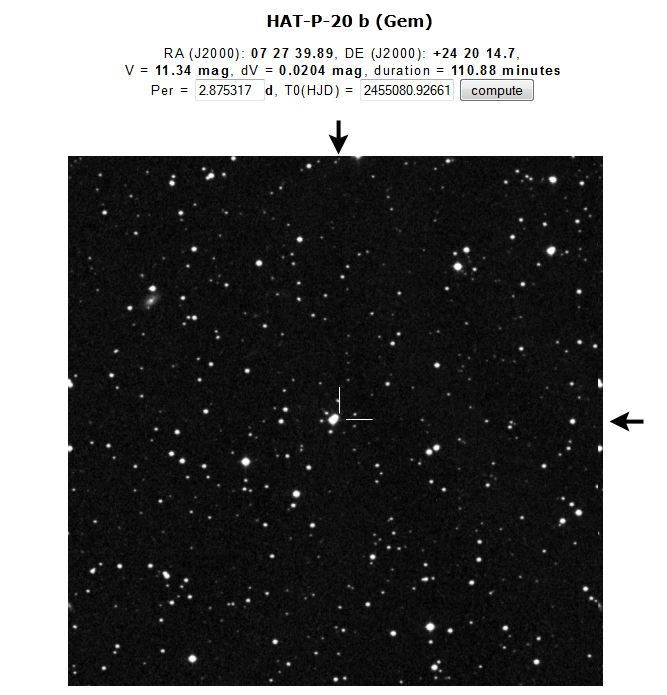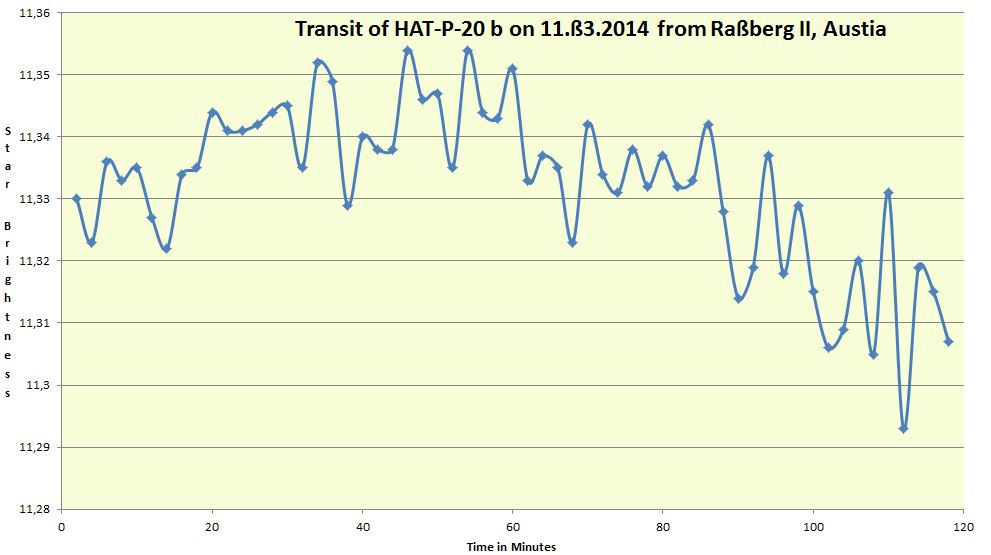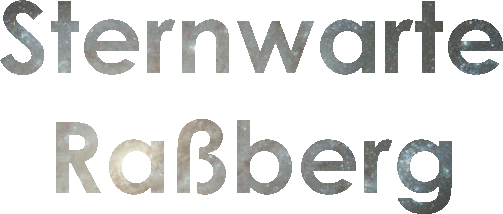Miscelaneous report : Doing a little scientific work
Searching for Exoplanets : my first experiances
Exoplanets !
What the hell are Exoplanets ?
Well, quite simply, they are other planets which are in orbit around a distant star, other than our own sun. There has been much speculation over the ast 400 years, as to whether there were really other planets out there, up until about 20 years ago. In 1992 proof of the first Exoplant was found. Since then more than 1000 have been discovered. Almost daily, new ones are added to the list, as the techniques and equipment to find them improve.
And how does one detect such a planet ?
There are a number of methods, but the only one within the realms of a hobby astronomer ie without the use of a space telescope, is the socalled transit method. It is very simple : imagine a big room where a sigle lightbulb hang from the ceiling. You are at the other side of the room and see a bright point of light in the middle of the room. Now imagine an elephant walks across the room, between you and the bulb, it gets darker, then lighter. What happens though if it were a pigeon ? well, the same, but the drop in intensity is just less, and it will be for a shorter time. This is transit. One can constantly measure the brightness of the star and when something moves in front f it, one sees a drop in brightness. Now for Exoplanets, this really only works for hobbists when the planet is very large, like Jupiter, and also very close to the star. This means that they have very short orbits, typically only a few days.

Now this all sounds very easy, but I was to see that this was not the case.
I had read that it would theoretically be possible with my equipment, to detect the presence of such a planet. I have wanted to do this for a couple of years now, but whenever the weather is good, I just want to photograph galaxies and such like. Well, in early March 2014, we had good weather but a full moon, so I thought I would use the opportunity to have a go. But where does one begin ?
Needless to say, by trying to detect a known planet and one that offers good chances of detection. And this is not so difficult to find. There is a group of slowakian astronomers who run a webpage with lots of relevant information. One can even type in ones GPS coordinates and it lists all possible candidates for a particular date, showing when the transit occurs, the expected brightness drop and a few other important facts, to make the decision easier.
I chose to go for HAD-20-b in the Gemini System. It transited at 23.40 ( just as I get home from late shift ), the transit lasted only 2 hours ( not up all night ), it was in the west, which is good for my observatory and it had a relatively large drop in brightness ( well, 1% - but it doesn’t get better than that ). Also, the star was at 12,5mag reasonably bright ( well, for a 60s photographic exposure – it was still nearly 1500x dimmer than the dimmest star visible to the naked eye ).
The Webpage gave a link to a photo of the said star, from the Digitized Sky Survey, DSS, using a 1,2m telescope. This was it.
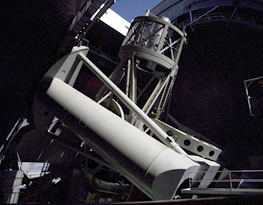
and here my photo, do you spot any differences ?
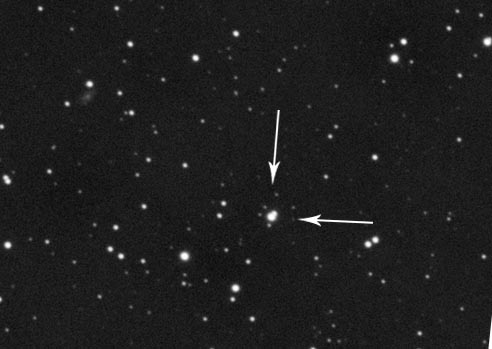
Well, I took photos for over two hours and then analysed them. It is necessary in each photo to calibrate everything perfectly and then compare the brightness of the target object, the star with exoplanet, to a fixed reference star of known brightness. Having done this, I plotted the results and got the following :
The results :
The general form of the graph is good, it shows a bell shape. Why is it upsidedown ? Well, the brightness figures plotted are inverse ie the bigger the number, the dimmer the object.
I actually started a little after the transit began, hence the curve on the left being somewhat higher. It would be better to begin an hour early and run an hour longer, maybe next time.
The timestamp on the photo at the top of te curve corresponds exactly with the time of maximum transit - this is also a good sign.
I discovered afterwards, that the object I had chosen was probably not as ideal as I had hoped. The fact that it is a double star makes measurements more difficult. Also the full moon didn't help.
I atleast feel that I have sort of shown an exoplanet. For my next attempt, i will take more photos over a longer time, will avoid a full moon and try to pick a better object.
